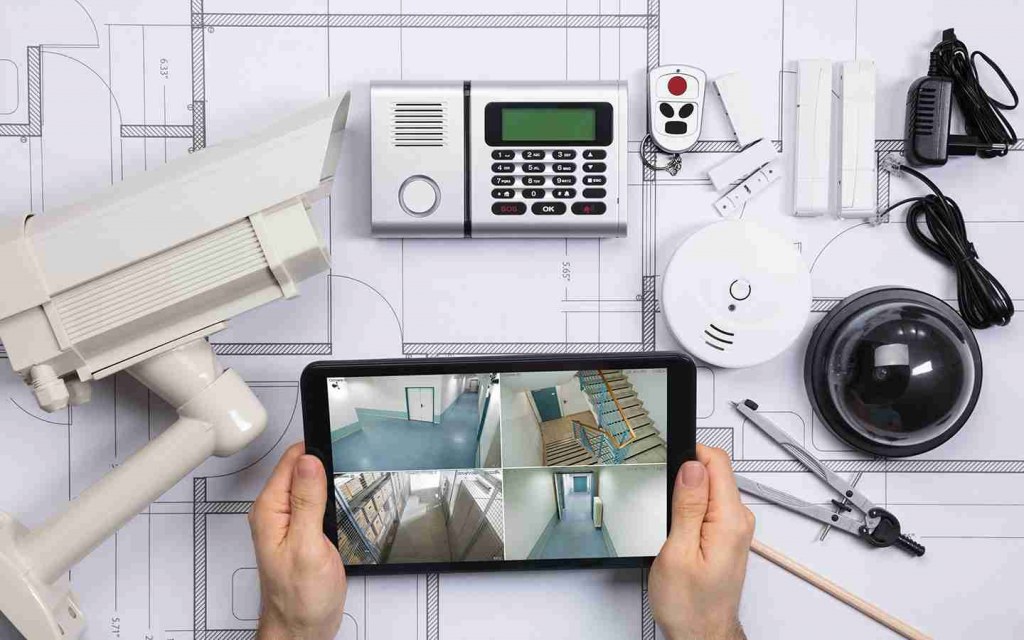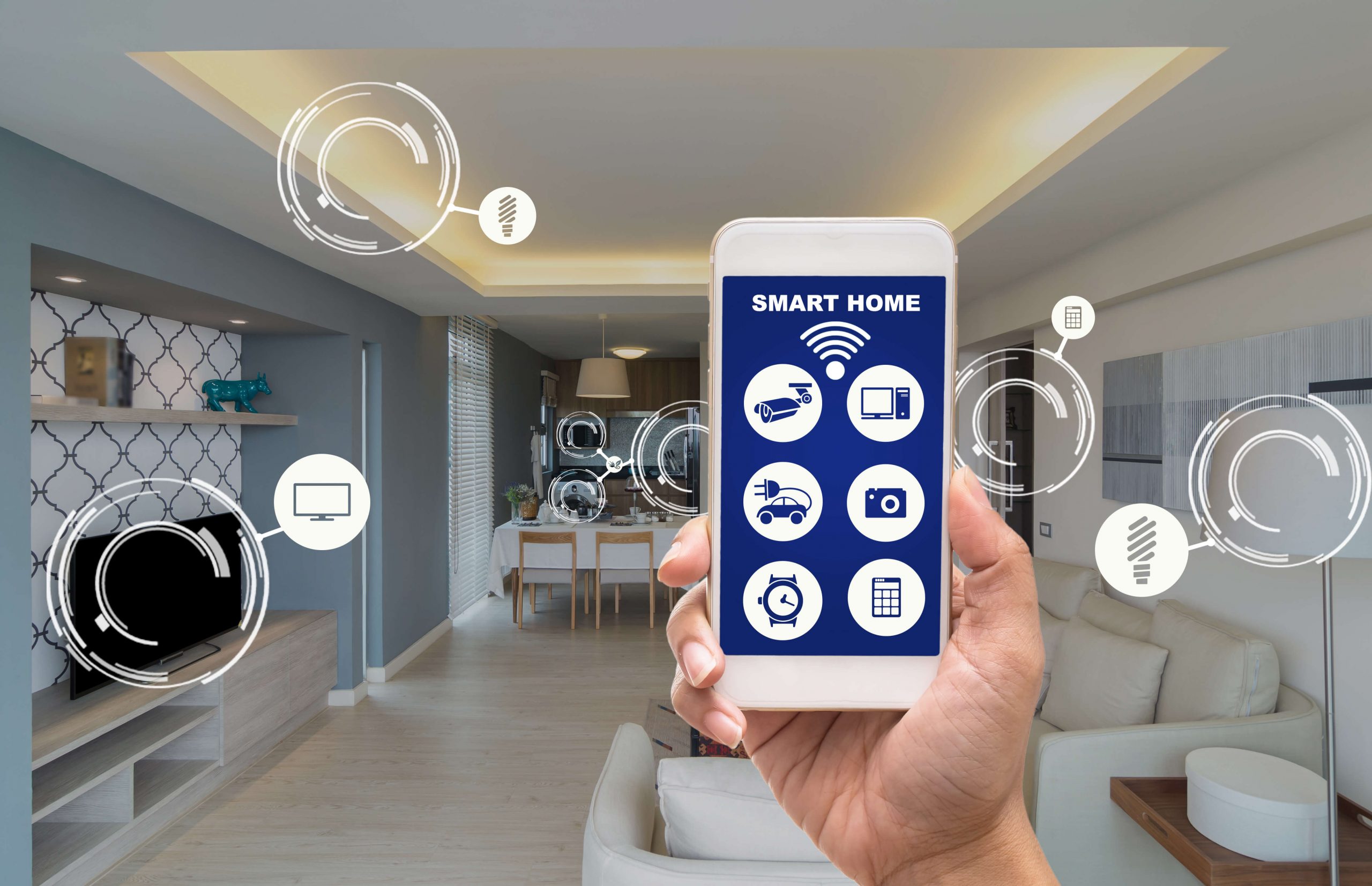In a world where safety and security have become paramount concerns for homeowners, understanding how to properly install a home security system is essential. This comprehensive guide will walk you through the importance of home security systems, how to assess your needs, and a step-by-step installation guide to ensure your home remains safe and sound.
Understanding the Importance of Home Security Systems
Home security systems play a crucial role in safeguarding your property and providing peace of mind. By implementing a well-designed system, you can deter potential intruders and ensure a prompt response to security threats.
In today’s unpredictable environment, having a robust security system is not merely an option—it’s a necessity. It enhances your home’s safety, and it can even lower your insurance premiums, making it a wise investment.
The Role of Home Security Systems in Safety
The primary purpose of a home security system is to protect your home and loved ones from dangers such as burglary, vandalism, and even fire. When you install a reliable system, you create numerous layers of security that function together.
These systems not only monitor unauthorized access but also alert you immediately if there’s a potential threat. Many modern systems include features like remote monitoring and notifications directly to your smartphone, allowing you to stay informed no matter where you are. Additionally, some systems offer integration with emergency services, ensuring that help can be dispatched without delay in case of an emergency, further enhancing the safety net around your home.
Key Features of Modern Home Security Systems
Modern home security systems come equipped with several key features that elevate their effectiveness. Here are some essential components you should consider:
- **Intrusion Detection:** This includes door and window sensors that trigger alarms if unauthorized access is detected.
- **CCTV Cameras:** Surveillance cameras provide a visual record of activity around your property.
- **Smart Home Integration:** Many systems can integrate with smart home devices, allowing for seamless control and monitoring.
- **Mobile Alerts:** Notifications sent directly to your smartphone keep you updated on any security events.
Moreover, the evolution of technology has led to the introduction of advanced features such as facial recognition and artificial intelligence, which can differentiate between familiar faces and potential intruders. This capability not only enhances security but also minimizes false alarms, allowing homeowners to feel more confident in their system’s reliability. Furthermore, some systems offer environmental monitoring, alerting you to potential hazards like smoke, carbon monoxide, or water leaks, thereby providing a comprehensive approach to home safety that goes beyond mere intrusion detection.
Another significant aspect of modern home security systems is their user-friendly interfaces. Many systems are designed with the end-user in mind, featuring intuitive apps that allow homeowners to easily manage their security settings, view live feeds from cameras, and even control other smart devices in their home. This level of accessibility empowers homeowners to take charge of their security, ensuring they can respond quickly and effectively to any situation that may arise.
Assessing Your Home’s Security Needs
Before selecting and installing a security system, it’s vital to assess your home’s unique needs. This involves evaluating your lifestyle, property layout, and any existing security measures. Understanding your security requirements will help you choose the most effective components that cater to your home and family.
Additionally, consider the specific risks associated with your neighborhood. Are there higher crime rates in your area, or have there been recent incidents that might influence your decision? Engaging with neighbors and local community groups can provide valuable insights into prevalent security concerns, helping you to tailor your system accordingly.
Identifying Vulnerable Areas in Your Home
Start by conducting a thorough walk-through of your property. Pay close attention to:
- **Entry Points:** Windows and doors should be your primary focus, as they are common entry points for intruders.
- **Outdoor Lighting:** Poorly lit areas around your home can be enticing for thieves.
- **Landscaping Considerations:** Ensure that hedges and trees do not create hiding spots for potential intruders.
By identifying these vulnerabilities, you can take proactive measures to fortify your home’s defenses. For instance, installing motion-sensor lights can illuminate dark corners and deter potential intruders. Furthermore, reinforcing doors with deadbolts and window locks can significantly increase your home’s security. Consider also the benefits of a security camera system that not only provides surveillance but can also act as a visual deterrent.
Determining the Right Security System for Your Home
Once you’ve assessed your vulnerabilities, the next step is to choose a security system that meets your specific needs. There are numerous options available, ranging from traditional alarm systems to state-of-the-art smart security systems.
When selecting a system, consider factors such as your budget, desired features, and ease of use. It’s also essential to choose equipment that can grow with your needs, allowing for future upgrades or additions. For instance, if you have plans to expand your family or property, opting for a scalable system that accommodates additional cameras or sensors can save you time and money in the long run. Moreover, researching user reviews and seeking recommendations from trusted sources can help you make an informed decision that aligns with your security goals.
Step-by-Step Guide to Home Security System Installation
Now that you’ve assessed your needs and selected a system, it’s time to install it. Below is a straightforward guide to help you through each step of the process.
Preparing for Installation
Preparation is key to a successful installation. Make sure to read the manufacturer’s instructions carefully and gather all required tools before you begin. A common toolkit includes:
- **Screwdriver Set**
- **Drill**
- **Level**
- **Measuring Tape**

Create a plan for where each component will be placed based on your earlier assessment of vulnerable areas. Consider factors such as visibility, accessibility, and potential obstructions that could hinder the effectiveness of your security devices. Additionally, it’s wise to check local regulations regarding security systems, as some areas may have specific requirements or restrictions that could influence your installation choices. Click here to learn about security systems for home: choosing the right solution for your family’s safety.
Installing the Main Control Panel
The main control panel acts as the central hub for your security system. Carefully mount it in a location that is easily accessible yet out of reach from potential intruders.
Consider placing it near a power outlet and in a space with good cellular reception for wireless systems. It’s also beneficial to have the control panel in a central location within your home to ensure that all sensors can communicate effectively. Before finalizing the position, test the panel’s connectivity with your sensors to avoid any surprises later on.
Setting Up Sensors and Detectors
After the control panel, it’s time to set up your sensors and detectors. Install door and window sensors on all entry points, ensuring they are secure and not easily tampered with.
Additional motion detectors can be placed in common areas or other sensitive zones. Make sure to follow the manufacturer’s guidelines for optimal placement. For enhanced security, consider integrating glass break sensors in areas with large windows or sliding doors, as these can provide an extra layer of protection against break-ins. Regularly check and test these sensors to ensure they remain in proper working order, as environmental factors like dust or humidity can sometimes affect their performance.
Connecting the System to Your Network
For systems equipped with smart features, you’ll need to connect the control panel to your home network. This typically involves entering your Wi-Fi information into the system’s interface. Ensure your connection is secure to prevent unauthorized access.
Once connected, test the system to ensure all sensors and cameras are functioning correctly and that notifications are working properly. Additionally, consider downloading the associated mobile app, if available, to manage your system remotely. This can provide you with real-time alerts and the ability to monitor your home from anywhere, offering peace of mind when you’re away. Familiarize yourself with the app’s features, such as live streaming from cameras, arming and disarming the system, and reviewing activity logs, to make the most of your security system’s capabilities.
Tips for Maximizing Your Home Security System’s Efficiency
After you’ve successfully installed your home security system, it’s important to maintain its efficiency. Regular maintenance can help prevent issues and ensure that the system operates at peak performance.
Regular Maintenance and Updates
Regular checks on your system are essential for its upkeep. Change batteries in sensors as needed and ensure all components are free from dust or obstructions.
Additionally, keep your system updated by installing the latest software and firmware updates to protect against vulnerabilities.
Integrating with Smart Home Devices
Many modern security systems can be integrated with various smart home devices, enhancing their functionality. You can link your security system with smart lights, door locks, and even home assistants to automate your home security routine.
For example, setting your lights to turn on at night can create the illusion that someone is home, deterring potential burglars.
Dealing with Common Installation Challenges
Even with careful planning, challenges may arise during the installation process. Here are some common issues and how to address them.
Troubleshooting Connection Issues
If you experience connectivity problems, ensure all cables are securely plugged in and that your Wi-Fi signal is strong in the area. Sometimes, simply rebooting the system can resolve minor glitches.
If problems persist, consult the manufacturer’s support or the troubleshooting section of your system’s manual.

Addressing False Alarms
False alarms can potentially lead to a loss of trust in your security system. Ensure sensors are correctly calibrated, and avoid placing them near objects that could cause unnecessary emissions.
Regularly review and adjust your system settings to minimize the chance of future false alarms by considering environmental factors that may trigger them.
In conclusion, a well-installed home security system can make a significant difference in safeguarding your home and loved ones. By understanding your security needs and following the steps outlined in this guide, you can secure your home against potential threats. Prioritize regular maintenance and stay informed about advancements in security technology to keep your home safe for years to come.

